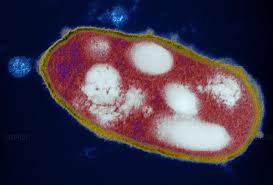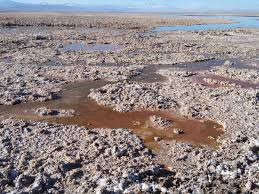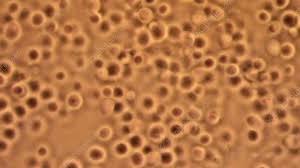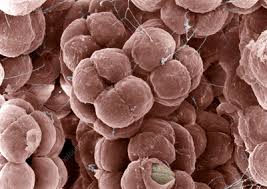
Number of species in the collection: 3.
Pictures of Halobacteria:






Characteristics of Halobacteria:
The Halobacteria, a name meaning salt bacteria, are a group of archaea adapted
to living in salty or very salty waters worldwide, especially in pools with high
evaporation in very sunny locations.
They are microscopic organisms, with cells generally rounded or rod-shaped, but
also of other shapes, including squares. Some species change the shape of their
cells according to environmental conditions. They can live in the presence of
oxygen and utilize it, or also in its absence. They obtain carbon from organic
molecules and are unable to obtain it from carbon dioxide. Some species can
convert part of the sunlight they receive into metabolic energy (ATP) thanks to
reddish pigments they possess in the membrane. Additionally, they present
pigments of the same color to protect themselves from intense solar radiation.
These pigments are so abundant that when these bacteria accumulate, they can dye
the water red with their cells. Most Halobacteria inhabit very salty waters,
where hardly any organism can live. They have highly adapted metabolisms to the
presence of high salt concentrations, with specialized proteins to prevent
denaturation, and are capable, for example, of removing certain salts from
inside the cell to replace them with less harmful ones like potassium chloride.
Class: Halobacteria